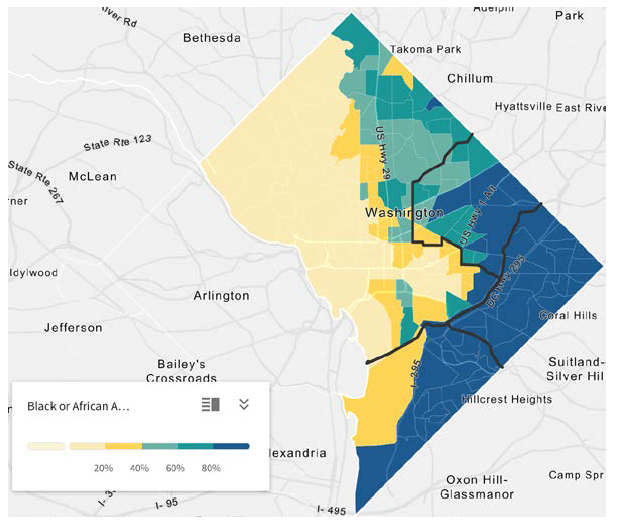
Hour six: First successful "test page" printed over wifi.
Still can't print any actual documents. But that's fine. I was only ever planning to print the test page.
Still can't print any actual documents. But that's fine. I was only ever planning to print the test page.
https://twitter.com/AndrewMCrespo/status/1317899763753373696
BOOYAH!!! Hour Nine. Lucky number nine.
You tried to ruin my weekend @HP. Oh how you tried.
My wife just came downstairs.
Me: Guess what I just did? Printed wirelessly to the printer. Hour nine. I win!!!
The look on her face: Did you really, though?
Me: Guess what I just did? Printed wirelessly to the printer. Hour nine. I win!!!
The look on her face: Did you really, though?
• • •
Missing some Tweet in this thread? You can try to
force a refresh











